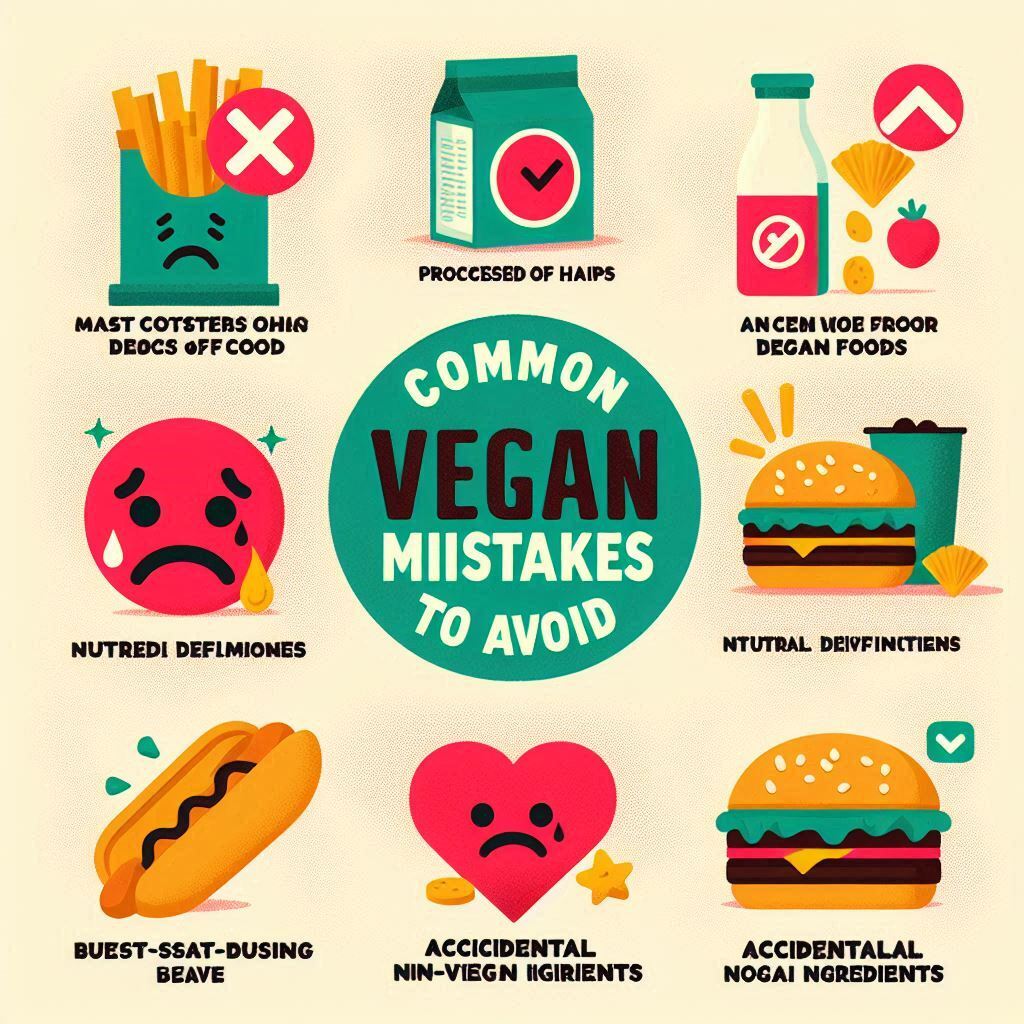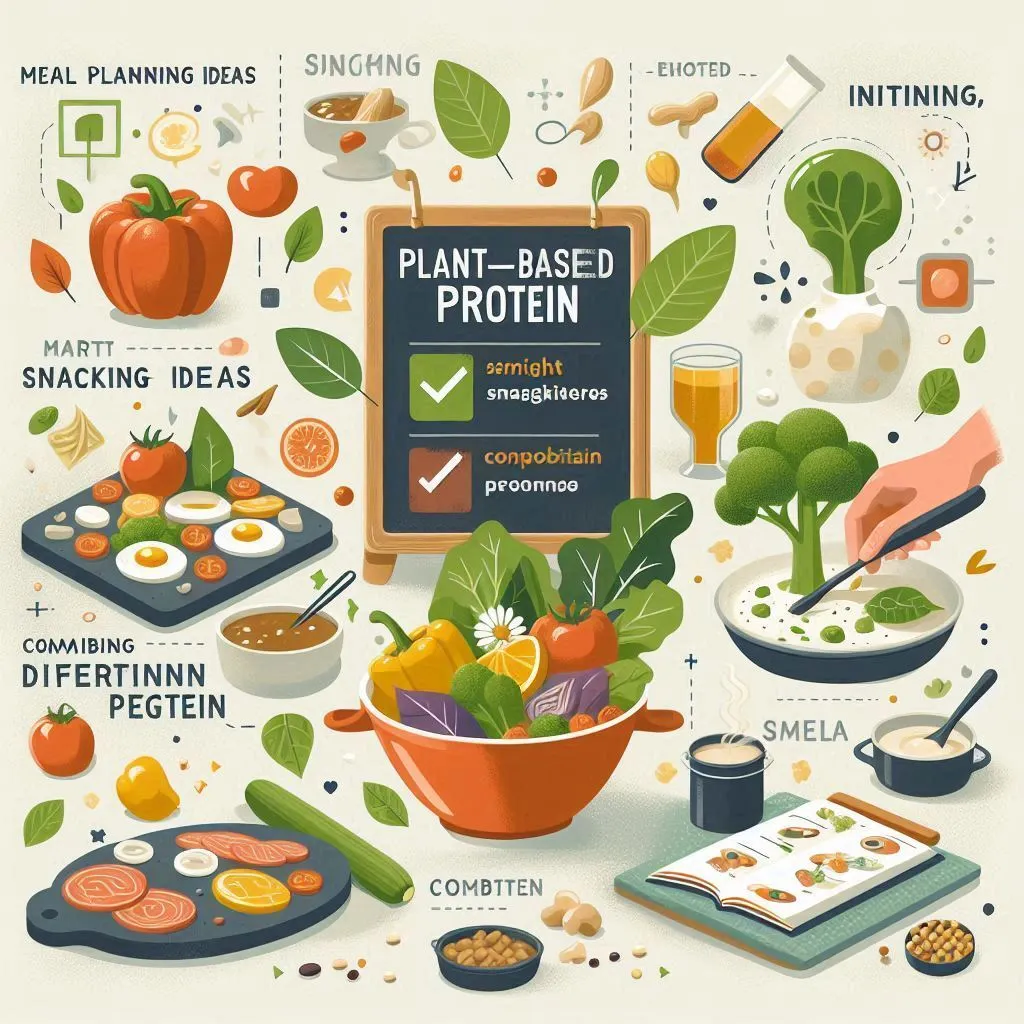Ai can accelerate your weight loss journey through your personalized health optimization. How AI helps with weight loss: by integrating real-time biometric data from your wearables with deep learning algorithms. The system would also analyze your heart rate, sleep patterns and even your blood pressure. Now it can create a personalised fitness profile that can be adapted to your needs.
Did you know that 63% of weight loss app users rely on AI tools, but the question is whether they work? The hyper-personalized plans and real-time feedback are popular with people, so the market for weight loss with AI is set to grow to $12.7 billion by 2030.1 in 3 users have privacy concerns. Apps like Noom and Lumen are used by more than 45 million users worldwide, and 58% of users fear exploitation of their data.
In this blog, we will dive deeper and cover every single aspect of using AI for weight loss
Also read:
Unlock Your Goals with DeepSeek: Personalized Meal Plans for Weight Success

1.How AI Works in Weight Loss
This section dives into the “core mechanics” of How AI works in weight loss, breaking down how algorithms, data analysis, and real-time adaptation create personalized, science-backed strategies. Here’s a detailed breakdown of the subtopics:
1.1 The Science Behind AI Algorithms
AI weight loss tools rely on “machine learning (ML)” and “neural networks”—systems trained on vast datasets (e.g., millions of user logs, clinical studies) to identify patterns. For example:
“Noom’s AI” uses behavioral psychology data of users to predict when users might relapse (e.g., late-night snacking triggers) and sends proactive reminders.
“Neural networks” analyze complex variables (caloric intake, exercise frequency, sleep quality) to forecast outcomes, like weekly weight loss likelihood.
1.2 Data Analysis & Personalization
AI doesn’t offer one-size-fits-all plans. Instead, it synthesizes “major three key data types” to tailor strategies:
1. Behavioral Data: Sleep schedules, meal timing, and stress levels (e.g., adjusting calorie goals for night-shift workers).
2. Biometrics: Wearables track heart rate, glucose spikes (via CGMs), and activity levels to refine daily targets.
3. Genetics: Apps like “Nutrigenomix” use DNA tests to recommend diets aligned with metabolic traits (e.g., lactose intolerance, caffeine sensitivity).
1.3 Real-Time Feedback & Adaptation
Unlike static diet plans, AI tools offer “24/7 interaction” and instant adjustments:
Chatbots: Woebot uses NLP (natural language processing) to address emotional eating. For example, if a user texts, “I overate at lunch,” the bot reframes guilt into actionable tips.
Adaptive Algorithms: Miss a workout? Apps like “Fitbit” automatically reduce your daily calorie goal by 200-300 kcal to stay on track.
2.AI vs. Traditional Weight Loss Methods

This section compares AI-driven weight loss strategies with conventional approaches (e.g., dietitians, generic plans), focusing on “effectiveness, cost, and emerging hybrid solutions”. Here’s a breakdown:
2.1 Effectiveness Compare Weight Loss Results:
-AI users lose “5–10% body weight” (e.g., apps like Noom).
– Traditional methods (e.g., in-person coaching) average 3–7% loss, as per a JAMA study
.
Pros of AI:
-Cost-effective: Far cheaper than human experts.
-Accessibility: Available 24/7, no appointments needed.
-Personalization: Adapts to your habits and biometrics.
Cons of AI:
-Lacks empathy: No human emotional support.
-Privacy risks: Data breaches or misuse of sensitive health info.
2.2 Cost Analysis
AI Apps:
– Subscriptions range from “$20–$50/month”(e.g., MyFitnessPal Premium, Lose It!).
-Traditional Methods:
– Dietitians charge “$100–$300/session”, and results often require multiple visits.
Key Takeaway:
AI tools are “10x cheaper” for long-term use, making them accessible to broader audiences.
2.3 Hybrid Models
What They Are: Blending AI efficiency with human expertise.
– Example: “Found Health” uses AI to track meals and activity but pairs users with coaches for weekly check-ins.
-Why It Works:
– AI handles data crunching and daily nudges.
– Humans provide empathy, troubleshoot plateaus, and boost accountability.
3. Top AI Tools & Apps for Weight Loss

This section highlights “leading AI-driven tools”, comparing their features, strengths, and innovations to help users choose the best fit. Here’s a breakdown of the subtopics:
3.1 Deep Dive: Best for Specific Need
Tailored recommendations for niche goals:
-Food Logging: Lose It! (fast photo-to-calorie AI).
-Metabolism Tracking: ‘Lumen’ (breath-based metabolic flexibility analysis).
-Budget-Friendly: ‘MyFitness plan(free version covers basics).
-Behavior Change: ‘Noom’ (AI-driven psychology quizzes).
3.2 Emerging Tools
Cutting-edge innovations reshaping the field:
-Generative AI: ChatGPT crafts meal plans based on dietary restrictions (e.g., “vegan, 1,500 kcal/day”).
-VR Fitness: Apps like ‘Supernatural’ use AI to adjust workouts in real-time based on performance.
4. Ethical Considerations & Risks

This section critically examines the “hidden challenges” of AI-driven weight loss tools, focusing on privacy, fairness, and mental health impacts. Here’s a breakdown of the key issues and examples:
4.1 Privacy Concerns
Data Usage: Many apps collect sensitive health data (weight, eating habits, biometrics) and sell it to third parties like advertisers or researchers. For example, free apps often monetize user data, while GDPR-compliant apps (common in the EU) restrict this.
– Tips for Users:
-Always check encryption policies: Look for apps with AES-256 encryption and anonymized data storage.
-Avoid apps without GDPR/CCPA compliance if privacy is a priority.
4.2 Algorithmic Baas
The Problem: AI models trained on non-diverse datasets create skewed recommendations. For instance:
– A tool trained on ‘Western diets’ might mislabel Asian dishes (e.g., sushi as “low protein”) or fail to account for cultural eating patterns.
– Body type bias: AI trained primarily on data from average-weight users may offer irrelevant advice to obese or underweight individuals.
-Consequences: Marginalized groups see poorer results, perpetuating health disparities.
4.3 Mental Health Risks
-Extreme Diet Promotion: Some AI tools inadvertently encourage dangerous habits. For example:
– Apps suggesting <1,200 daily calories without medical oversight.
– MyFitnessPal’s guardrail: It blocks sub-1,200 kcal goals unless users manually override it.
– Emotional Harm: Poorly designed chatbots might shame users for “cheat meals” or trigger eating disorders.
Why This Matter
-For Users: Ethical risks can lead to physical harm, data leaks, or wasted effort on biased plans.
-For Developers: Addressing these issues builds trust and ensures tools work equitably for all.
5. The Future of AI in Weight Loss

This section explores “cutting-edge innovations” poised to redefine weight management, focusing on hyper-personalization, advanced health monitoring, and medical integration. Here’s a breakdown of the trends:
5.1 Generative AI & Meal Planning
What’s Next: Tools like “GPT-4” will craft meal plans in seconds, tailored to:
– Dietary preferences (vegan, keto).
– Allergies, cultural cuisines, and budget.
– Real-time feedback (e.g., “Swap quinoa for cauliflower rice to lower carbs after your workout.”).
-Example: A diabetic user could ask ChatGPT to generate a 7-day plan with <30g sugar/day, complete with grocery lists.
5.2 Advanced Biometric
Integration with CGMs: AI will analyze “continuous glucose monitor (CGM)” data to:
– Predict blood sugar spikes from specific foods.
– Suggest optimal meal timing (e.g., “Eat protein first to flatten glucose curves”).
-Beyond Glucose: Future tools may combine heart rate variability, gut microbiome data, and sleep patterns for holistic advice.
5.3 AI in Medical Weight Loss
Surgical Predictions: AI models will forecast outcomes for bariatric surgery (e.g., “70% chance of 30% weight loss in 2 years”) using patient history and biomarkers.
-Drug Matching: Algorithms will determine eligibility for medications like “Ozempic” or “Wegovy” by analyzing genetic risk factors, BMI trends, and comorbidities.
-Example: A clinic uses AI to flag patients at risk of post-surgery complications, enabling preemptive care.
Why This Matters
-For Users: AI will shift from basic tracking to “precision health”, merging nutrition, medicine, and lifestyle.
-For Healthcare: Doctors gain tools to reduce trial-and-error in obesity treatment, lowering costs and improving outcomes.
6. Challenges & Limitations

This section addresses the “critical drawbacks and unresolved issues” of AI-driven weight loss tools, offering a balanced view of their real-world impact. Here’s a breakdown:
6.1 Over-Reliance on Tech
The Risk: Users may prioritize app recommendations over “intuitive eating”(listening to hunger cues) or dismiss professional medical advice.
-Example: Someone might ignore cravings or fatigue because their AI app insists on a rigid calorie target, leading to burnout or disordered eating.
-Solution: Pair AI tools with mindfulness practices or periodic human check-ins.
6.2 Accuracy Gaps
The Problem: AI food scanners struggle with:
– Mixed dishes (e.g., misidentifying stir-fry components).
– Homemade meals (vs. pre-packaged foods with barcodes).
– Portion size estimation (e.g., guessing 300 vs. 500 kcal for a pasta serving).
-Why It Happens: Training data often lacks diversity in cuisines or meal types.
-Example: MyFitnessPal might log a curry as “500 kcal,” but actual calories vary by 30%+ based on oil/ingredient ratios.
6.3 Long-Term Sustainability
The Concern: Studies show “40–60% of users regain weight” after quitting AI tools, as habits aren’t internalized.
-Root Cause: Apps focus on short-term goals (e.g., hitting daily steps) but rarely address deeper behavioral triggers (stress, emotional eating).
-Example: A user loses 15 pounds with Noom but regains it after canceling the subscription, as they lacked strategies to handle social eating.
Why This Matters
AI tools are powerful but imperfect. Users must:
1. Avoid treating them as “magic solutions.”
2. Combine tech with self-awareness and professional guidance.
3. Focus on lifestyle changes, not just app-driven targets.
7. How to Get Started with AI Weight Loss

This section provides a “practical, step-by-step roadmap” for beginners to leverage AI tools effectively, balancing cost and personalization. Here’s a breakdown of the key components:
7.1 Step-by-Step Checklist
1. Define Goal:
-Examples: Weight loss, muscle gain, improving metabolic health, or building sustainable habits.
– Tip: Use SMART goals (Specific, Measurable, Achievable, Relevant, Time-bound).
2. Choose Apps Based on Needs:
-DNA Testing: Apps like ‘Nutrigenomix’ analyze genetic data to tailor diets (e.g., caffeine metabolism, lactose intolerance).
-Habit Tracking: Tools like ‘Noom’ focus on behavioral psychology to break unhealthy patterns.
-Basic Tracking: Free apps like ‘MyFitnessPlans log meals and exercise.
3. Sync Wearables:
– Integrate devices (e.g., ‘Apple Watch’ for activity, ‘Oura Ring’ for sleep) to feed real-time data into AI algorithms.
-Why? Syncing enhances accuracy (e.g., adjusting calorie goals based on actual steps burned).
4. Monitor Progress and Adjust:
– Review weekly AI-generated reports (e.g., weight trends, habit scores).
– Tweak plans as needed (e.g., increase protein intake if muscle gain stalls).
7.2 Free vs. Paid Tools”
-Free Tools:
– Pros: Basic food logging (MyFitnessPal), step tracking (Fitbit), and habit reminders.
– Cons: Limited personalization, ads, and no advanced insights.
-When to Upgrade:
-Genetic Insights: Paid apps like ‘DNAfit’ ($199) offer DNA-based diet plans.
-Advanced Analytics: ‘Lumen’ ($299/year) tracks metabolism via breath sensors.
-Behavioral Coaching: ‘Noom’ ($35–$59/month) includes AI-driven psychology lessons.
Key Takeaways
-Start Simple: Use free tools to test compatibility with your lifestyle.
-Invest Strategically: Upgrade only if you need niche features (e.g., DNA analysis).
-Sync Everything: Wearables turn AI from a tracker into a real-time coach.
8.Conclusion
1. Summary of Key Takeaways
-AI’s Strengths:
-Personalization: Tailor’s plans using behavioral, biometric, and genetic data.
-Accessibility: 24/7 coaching at a fraction of the cost of human experts.
-Innovation: Tools like real-time glucose monitoring and ChatGPT meal plans.
-Risks:
– Privacy breaches, algorithmic bias (e.g., Western diet bias), and mental health pitfalls.
-Future Potential:
– Integration with advanced tech (CGMs, VR fitness) and predictive medical tools (e.g., Ozempic eligibility algorithms).




























